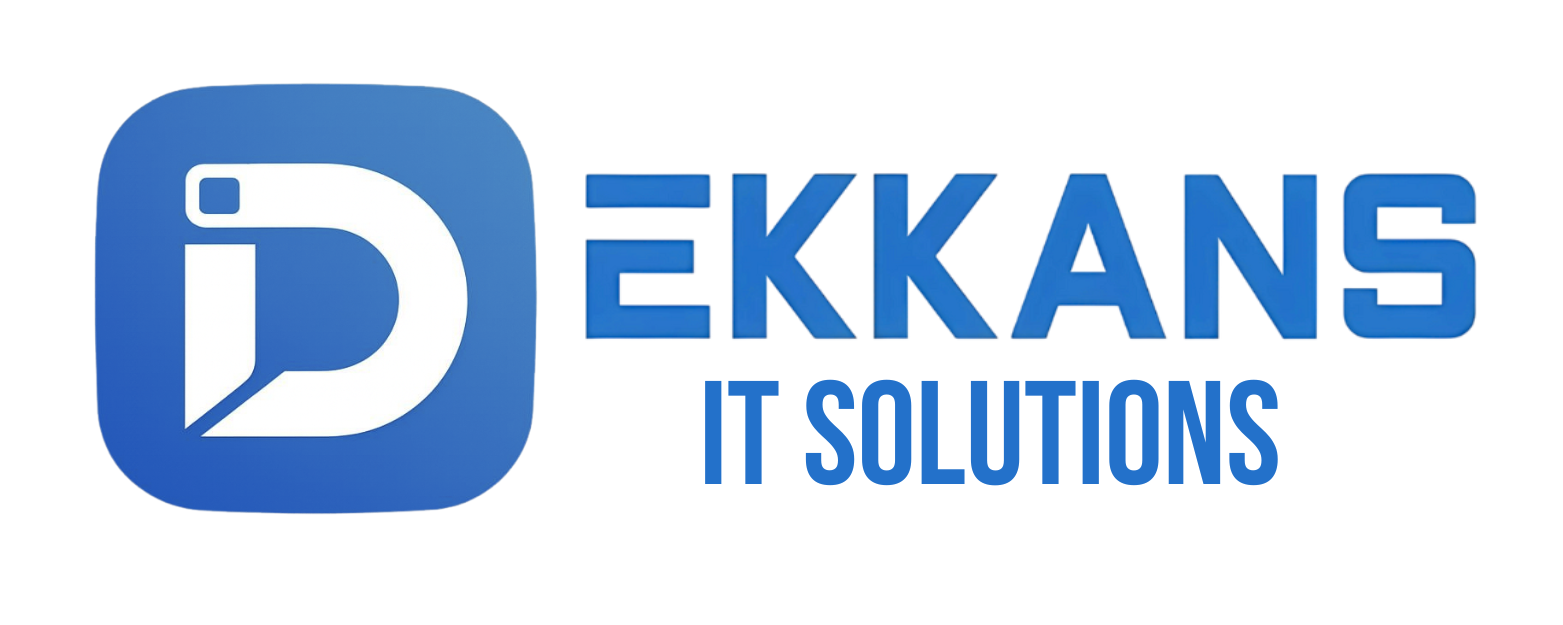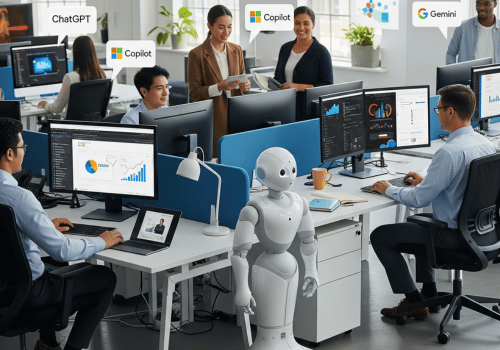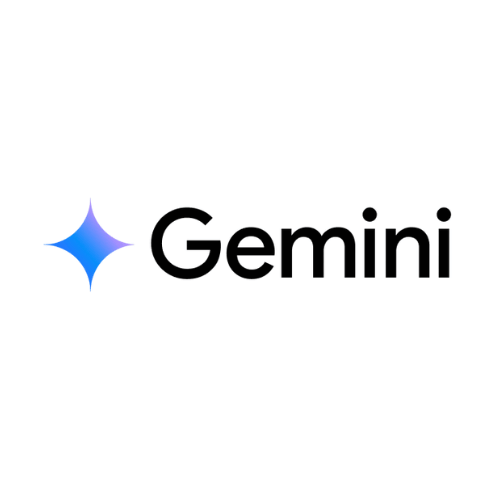The world of artificial intelligence is buzzing with new terms, and it’s easy to get lost in the jargon. Two of the most talked-about concepts right now are Generative AI and Agentic AI. While they might sound similar, they represent different stages in the evolution of AI.
Think of it this way: if Generative AI is the creative artist, Agentic AI is the resourceful project manager who not only has the creative ideas but also makes them happen in the real world.
Let’s break it down in simple terms.
What is Generative AI? The Creative Content-Maker
At its core, Generative AI is a type of artificial intelligence that can create new and original content. This isn’t just about crunching numbers; it’s about generating something that didn’t exist before. You’ve likely already encountered it in tools like:
- ChatGPT: For writing emails, articles, and even code.
- Midjourney and DALL-E: For creating stunning images from text descriptions.
- Suno: For composing original music tracks.
Generative AI is trained on vast amounts of data – text, images, sounds – and learns the patterns and structures within that data. It then uses this knowledge to produce new content that is similar to what it has learned, but is entirely unique.
In short, Generative AI is all about creation. You give it a prompt, and it generates a response.
What is Agentic AI? The Autonomous Action-Taker
Agentic AI, on the other hand, takes things a step further. It doesn’t just create content; it takes action to achieve a goal. The key word here is “agent” – an entity that can act independently and make decisions.
An AI agent is a system that can perceive its environment, make decisions, and take actions to achieve specific objectives. These agents often use generative AI as one of their tools, but their capabilities go beyond simple content generation.
Imagine you want to plan a weekend trip.
- A Generative AI tool could write you an itinerary with suggestions for flights and hotels.
- An Agentic AI system could take that itinerary, and then:
- Check for the best flight prices and book the tickets.
- Reserve a hotel room that fits your preferences and budget.
- Book a table at a restaurant for your first night.
- Add all these reservations to your calendar.
Agentic AI is about giving AI systems a degree of autonomy to complete tasks and solve problems in the real world, often involving multiple steps and interactions with different systems.
The Key Difference: Creation vs. Action
The simplest way to remember the difference is:
- Generative AI creates.
- Agentic AI does.
An agentic system often employs a generative model to understand a request and generate a plan, but its defining feature is its ability to execute that plan. It’s the bridge between generating an idea and making that idea a reality.
Why Does This Matter for You?
The move from generative AI to agentic AI is a significant leap. While generative AI has already transformed how we create content and access information, agentic AI has the potential to revolutionize how we get things done.
We’re moving towards a future where you can delegate complex tasks to AI assistants that can not only provide you with information but also act on your behalf. This could mean more personalized and automated experiences in everything from travel booking and financial management to healthcare and customer service.
So, the next time you hear these terms, you’ll know that while Generative AI is the brilliant mind coming up with the plan, Agentic AI is the one rolling up its sleeves and getting the job done. The collaboration between the two is what will truly shape the future of artificial intelligence.





